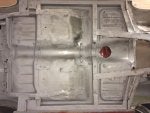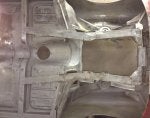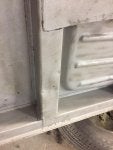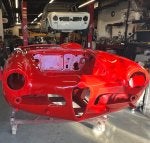Good morning all, I am commencing restoration of my 1965 Giulia spider and wondering if anyone has a view of acid dipping the body vs a media blast (sand, glass, walnut, etc...).
I spoke with a few different people and the old school guys say to never dip these cars as the metal cannot handle it. The younger guys in the business say that is not correct and that dips work perfectly fine.
Would love to get thoughts or if none has tries either or, would like to hear how it went.
Thanks
I spoke with a few different people and the old school guys say to never dip these cars as the metal cannot handle it. The younger guys in the business say that is not correct and that dips work perfectly fine.
Would love to get thoughts or if none has tries either or, would like to hear how it went.
Thanks















